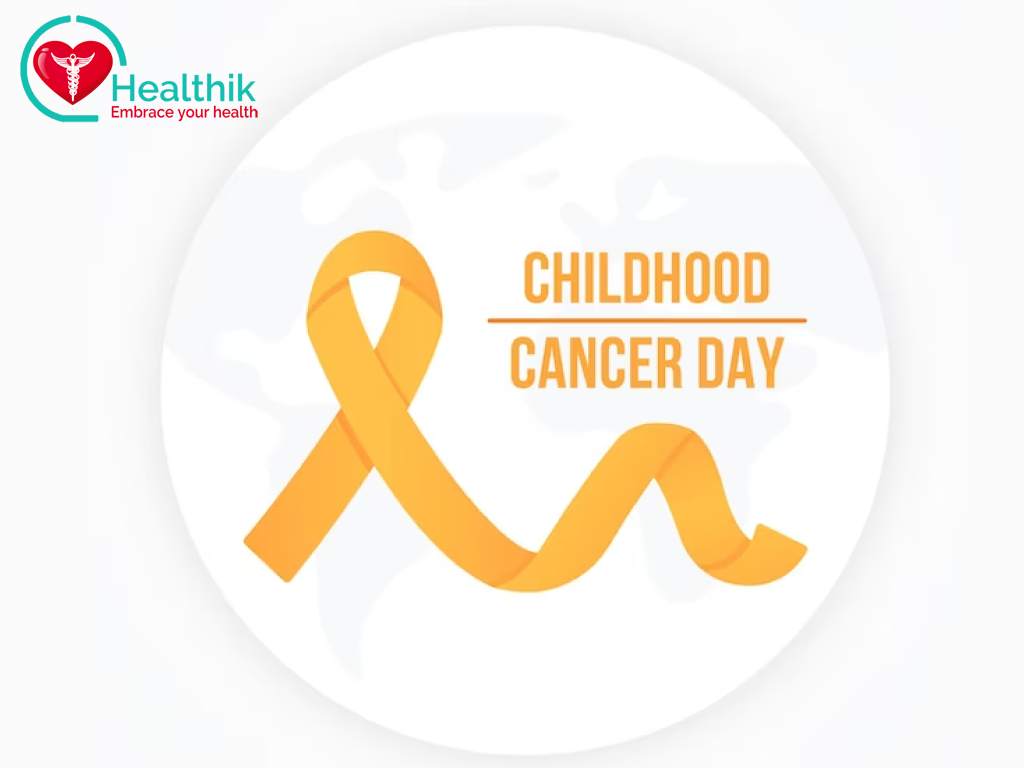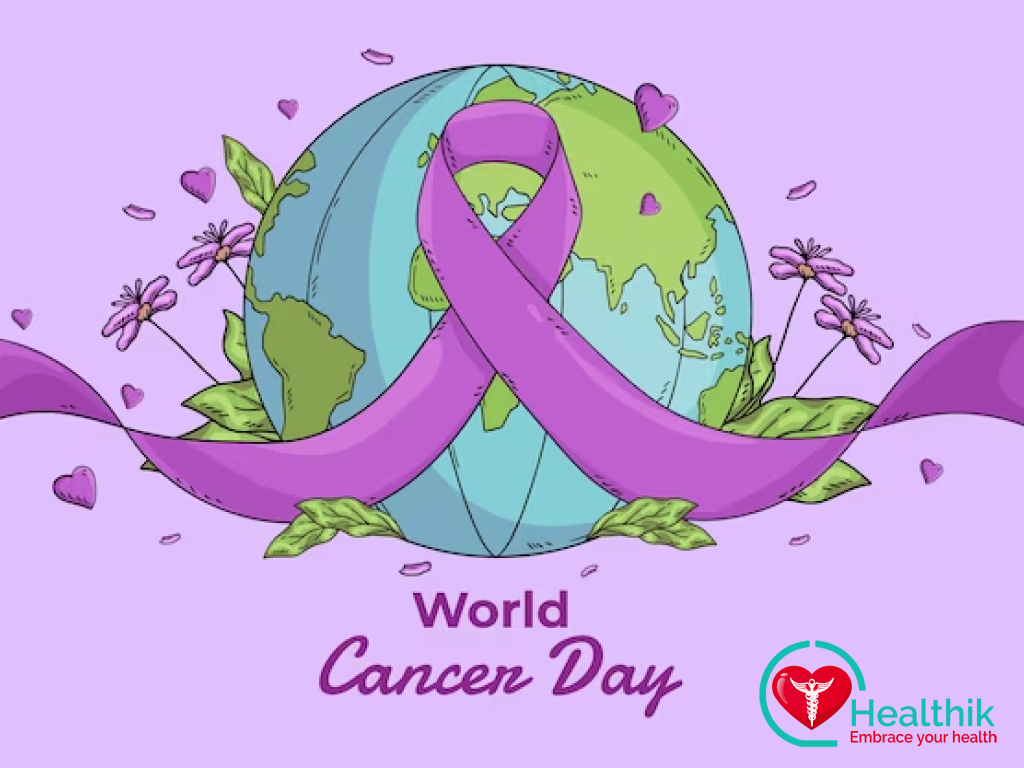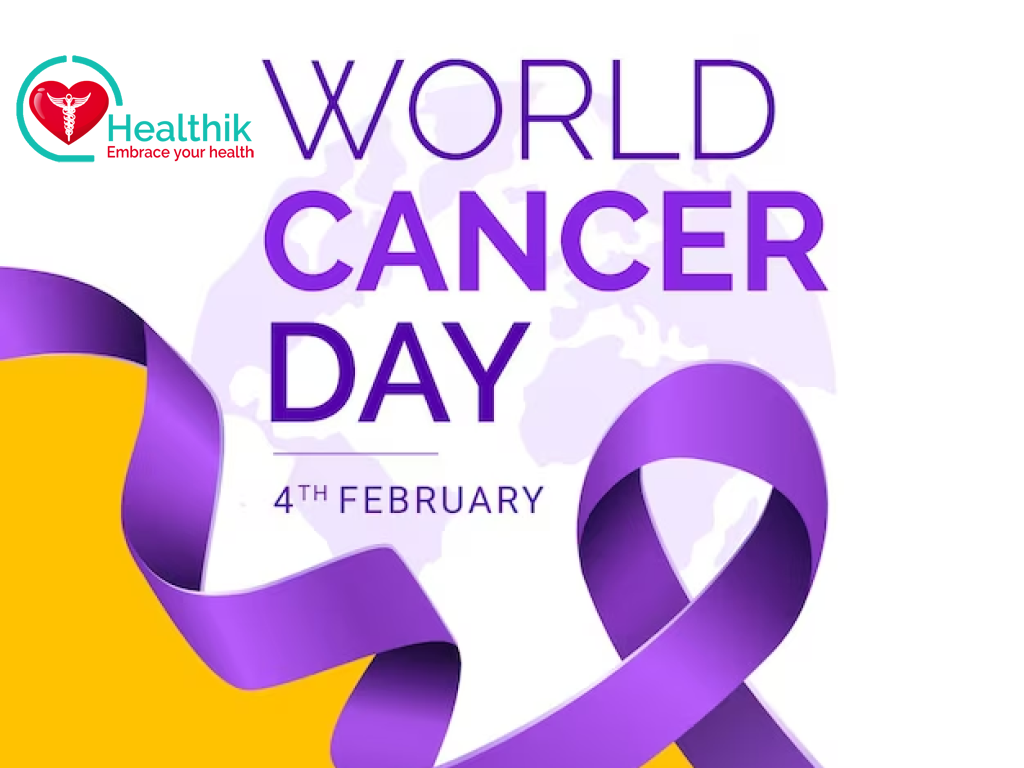A Global Perspective: Childhood Cancer Awareness Around the World

Childhood cancer is a global concern that transcends borders and affects millions of families every year. While awareness and support for childhood cancer have made significant strides in recent years. The challenges faced by youngsters with cancer and their families vary significantly from one part of the world to another. In this blog, we will discover the global perspective on childhood cancer awareness, highlighting the diverse experiences and efforts of communities across the globe.
What Is Childhood Cancer
Childhood cancer refers to the development of cancerous cells in children below the age of 18. It encompasses a range of malignancies that affect various parts of a child’s body, including leukemia, brain tumors, and solid tumors. The childhood cancer is distinct from adult cancer and requires specialized treatments tailored to the unique needs and vulnerabilities of young patients.
Childhood Cancer: A Universal Challenge
Childhood cancer knows no boundaries. It affects children of all races, backgrounds, and socioeconomic statuses. The majority of the 300,000 children worldwide who receive cancer diagnoses each year. According to the World Health Organization (WHO), live in low- and middle-income nations. These children and their families face unique challenges in accessing adequate care, raising awareness, and finding support, especially during childhood cancer month.
Awareness Campaigns across Continents
One of the most effective ways to combat childhood cancer is through awareness campaigns. Across continents, organizations, healthcare professionals, and concerned individuals are working tirelessly to raise awareness about childhood cancer and its impact on young lives.
For instance, September is recognized as Childhood Cancer Awareness Month in the US. During this time, the country sees a surge in events, fundraisers, and awareness initiatives. The iconic gold ribbon, symbolizing childhood cancer awareness, is proudly displayed, and families share their stories to increase understanding and empathy.
In Europe, organizations like Childhood Cancer International (CCI) collaborate with national and regional groups to advocate for policy changes and funding to improve childhood cancer care. They also promote the “Go Gold” campaign during September to raise awareness and encourage action.

Challenges in Low and Middle-Income Countries
While many high-income countries have made significant progress in childhood cancer care and awareness, the situation is far more challenging in low and middle-income countries. The absence of access to sufficient healthcare facilities, skilled medical professionals, and necessary treatments often results in delayed diagnosis and poor outcomes.
In these regions, community-based organizations and global partnerships, particularly during Childhood Cancer Awareness Month, play a critical role in growing awareness and providing support. Initiatives like telemedicine consultations, training programs for local healthcare workers, and the provision of essential medications are essential steps toward improving childhood cancer care.
Cultural Beliefs and Stigmas
Cultural beliefs and stigmas related to cancer can also vary significantly from one part of the world to another. In some cultures, cancer is considered a taboo subject, leading to delayed diagnosis and treatment. Moreover, overcoming these cultural barriers requires sensitivity, education, and collaboration with local community leaders and organizations.
Innovative Solutions and Global Collaboration
Despite the challenges, there are numerous inspiring stories of progress and hope from around the world. Additionally, innovative solutions like mobile clinics, community outreach programs, and partnerships with international organizations have made a significant impact on childhood cancer care in underserved regions.
Global collaboration is also on the rise. International, national organizations. And healthcare professionals are working together to share knowledge, resources, and best practices. This collaborative effort is helping bridge the gap in childhood cancer care and awareness between high-income and low-income countries.

Conclusion
Childhood cancer awareness is not limited by borders or geography. It is a global concern that requires collective action, compassion, and commitment. However, as we reflect on the diverse experiences and efforts of communities around the world. We can see that progress is being made, but there is still much work to be done.
Whether you’re in a high-income country with access to cutting-edge treatments or in a resource-constrained region struggling to provide primary care, childhood cancer awareness is a cause worth championing. Therefore, by sharing knowledge, supporting organizations, and advocating for policy changes, we can all contribute to a world where every child with cancer has the opportunity to thrive and survive. Moreover, in the global struggle against childhood cancer, we can make a difference when we work together.
